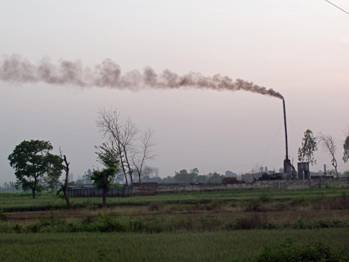Archives
COPD Risk Is Higher in Poor and Rural Communities
 According to a new study released by the Johns Hopkins University School of Medicine in Baltimore, Maryland, the chance of having chronic obstructive pulmonary disease (COPD) is almost 12 percent higher if you live in a poor or rural community than if you live in a more urban or community-centric area. But why is this?
According to a new study released by the Johns Hopkins University School of Medicine in Baltimore, Maryland, the chance of having chronic obstructive pulmonary disease (COPD) is almost 12 percent higher if you live in a poor or rural community than if you live in a more urban or community-centric area. But why is this?
As the third leading cause of death in the United States, COPD makes even the most normal daily activities a struggle as those who suffer from the disease have trouble breathing and catching their breath. Researchers used data from the National Health Interview Survey, the U.S. Census, and the National Center for Health Statistics Urban-Rural Classification Scheme to study 87,701 participants. The participants self-reported to emphysema, chronic bronchitis and/or formally diagnosed COPD.
The goal of the study was to “identify the prevalence of COPD in urban and rural areas in the U.S. and determine how residence, region, poverty, race and ethnicity and other factors influence COPD rate.” The findings of the study indicated that biomass fuels (biomass is biological material derived from living, or recently living, organisms), found in predominantly rural areas played a role in the higher number of self-reported COPD cases.
The results also suggest that public advocacy, which appeared to be lacking in many rural communities, was also associated with a higher cessation rate.




